Tired of Moles? Here’s How to Plant a Yard They’ll Absolutely Hate
In all my years managing everything from rambling estate gardens to the pristine greens of golf courses, one of the most frustrating pests has always been the common mole. You know the feeling—waking up to see those telltale mounds of dirt pushed up on your perfect lawn, or finding a prized flower bed disrupted. It’s a real headache.
In this article
- First, Understand Your Enemy: It’s Not About Your Plants
- Okay, But What About the Moles I Have Right Now?
- The Big Guns: Potent Plants to Use with Caution
- Your First Line of Defense: Reliable Border Plants
- Putting It All Together: Your Mole-Deterrent Game Plan
- A Realistic Mindset: What Plants Can (and Can’t) Do
So, can you just plant a few things and make the moles pack their bags for good? The honest answer is… sort of. Planting can be a powerful piece of your defense, but it’s not a magic force field. No single plant is going to mole-proof your property forever. The pros rely on a layered approach, and using plants to make your garden an unpleasant place for moles to hunt is a fantastic, long-term layer in that system.
This guide is straight from the trenches. We’ll go over the plants I’ve seen actually work, why they work, and how to plant them like a pro. But I’ll also be brutally honest about their limits and, more importantly, the safety concerns. Some of these plants demand serious respect. My goal is to give you a realistic plan for using your green thumb to give moles the boot.

First, Understand Your Enemy: It’s Not About Your Plants
Let’s get one thing straight right away: moles are not eating your plants. So many people think they’re munching on roots, but it’s a total myth. Moles are insectivores. They’re down there hunting for a juicy meal of earthworms, grubs, and other creepy crawlies in your soil.
The damage they cause is purely collateral. As a mole digs its highways, it shoves dirt to the surface (hello, molehills). But the real problem is underground. Those tunnels can sever plant roots or create air pockets around them, causing them to dry out and die. A mole’s secret weapon is its incredibly sensitive snout, which it uses to sniff out dinner. And that powerful sense of smell? That’s exactly what we’re going to use against them.
Okay, But What About the Moles I Have Right Now?
This is a fair question. You’re looking at fresh mounds and you want them gone yesterday. It’s important to know that planting is a long-term strategy—it’s about preventing the next mole from moving in.

You might see things like sonic spikes for sale. Honestly, in my experience, they’re mostly a gimmick. Moles might avoid them for a day or two, but they usually get used to the buzzing and come right back. Some people also try to kill all the grubs in their lawn, but this can be a double-edged sword. You might reduce their food source, but you also risk harming the overall health of your soil ecosystem. Trapping is often the most effective way to remove the current residents, but for a non-chemical, long-term fix, creating a garden they hate is the way to go.
The Big Guns: Potent Plants to Use with Caution
I call these the “heavy hitters” because they pack a serious punch. But they all come with major safety warnings. To be frank, I rarely use these in a typical family garden with curious kids or pets running around. They are effective, but the risk is often not worth the reward.
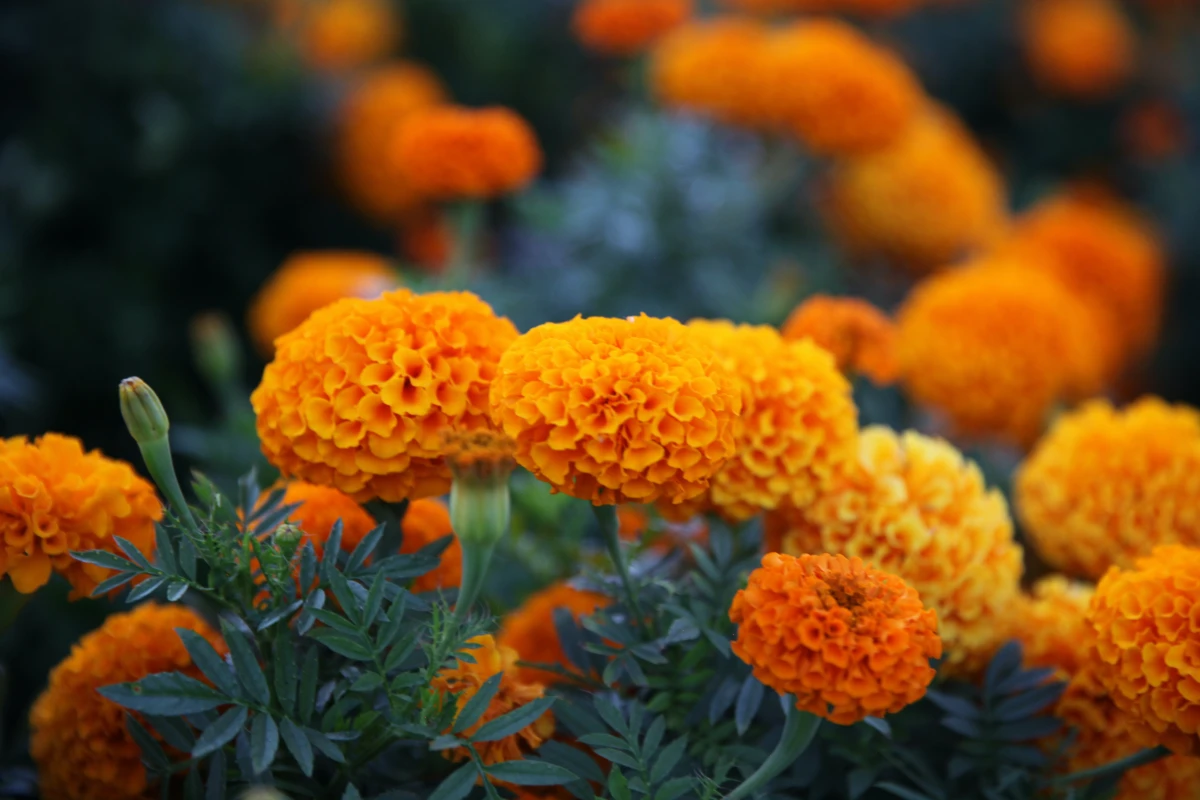
1. Crown Imperial (Fritillaria imperialis)
How it works: The big bulbs of this plant let off a strong, musky odor that some say smells like a fox. That scent comes from a sulfur compound that is absolutely repulsive to a mole’s sensitive nose. It basically screams “PREDATOR NEARBY!” and they tend to steer clear. I’ve seen it work with my own eyes.
Planting like a pro: Don’t just dot these around. You need to create a scent barrier. Think of the ‘five’ side of a playing die—that staggered pattern is what you want. Plant the bulbs in the fall, about 6-8 inches deep and maybe 10-12 inches apart, creating a perimeter around a specific bed you want to protect. A single line just won’t cut it; a double-staggered row is much harder for them to sneak past.
The reality check: It works great in a small radius, but a mole will happily tunnel just a few feet away from your barrier. Heads up, these are an investment. Expect to pay between $5 and $8 per bulb, so using them to protect a small, high-value area like a rose garden makes the most sense. They also need well-drained soil, or the bulbs will rot and you’ll have wasted your money.
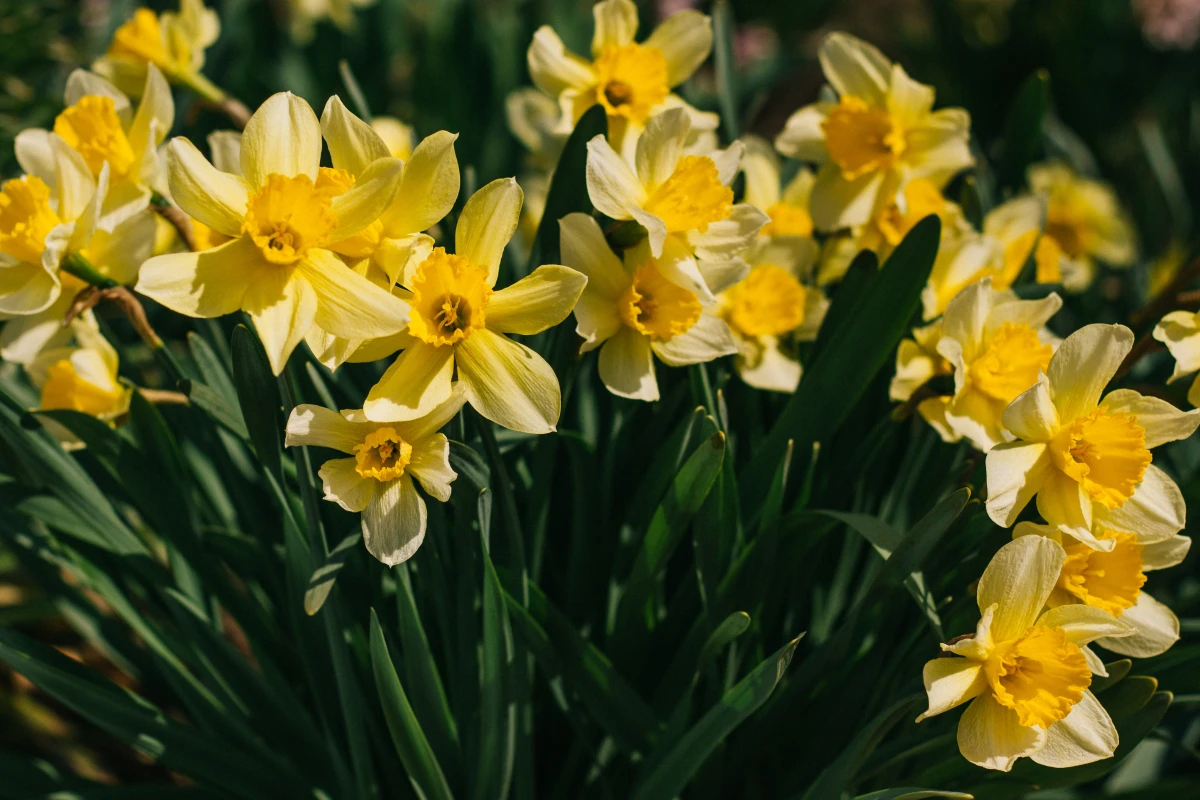
Safety Warning: All parts of this plant, especially the bulb, are poisonous if eaten. If you have a dog that loves to dig, this is a non-starter. Always wear gloves when handling the bulbs.
2. Castor Bean (Ricinus communis)
How it works: This plant’s reputation comes from the extreme toxicity of its seeds, which contain ricin. While moles won’t eat them, the sheer danger this plant represents seems to be a powerful warning sign that they heed. The roots also give off a smell they dislike.
Planting like a pro: Honestly? I don’t. I avoid this plant in residential settings because the risk is just too high. The seeds are deadly. Ingesting just one or two can be fatal to a child or pet. There is simply no good reason to have this plant in a garden where children might be present. I can’t stress this enough: I do not recommend this plant.

3. Caper Spurge (Euphorbia lathyris)
How it works: Also called Gopher Spurge, this one has a two-pronged attack. The roots release a substance into the soil that moles hate, and if a stem is broken, it bleeds a milky latex sap that’s a nasty skin irritant and toxic if ingested. Moles won’t dig where this sap has contaminated the soil.
Planting like a pro: This plant self-seeds like crazy, so it can get weedy. I’ve used it to target active mole runs by planting a young spurge directly on top of a tunnel. The idea is that the mole will eventually hit the roots or break them, get a snootful of that sap, and leave. For a barrier, you can plant them about 3-4 feet apart.
Safety Warning: That milky sap is no joke. Always wear waterproof gloves and eye protection when you’re handling this plant. If you get it on your skin, wash it off immediately. It’s poisonous to most animals, so it’s another bad choice for gardens with pets.
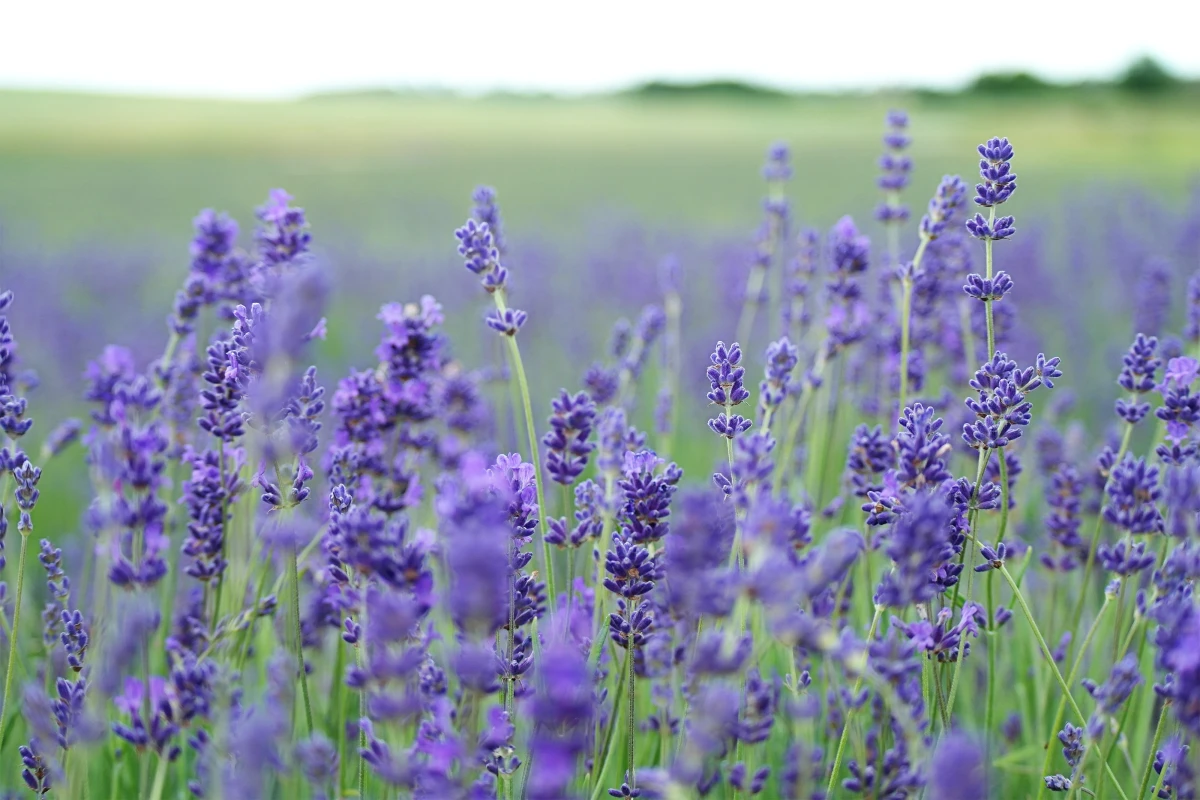
Your First Line of Defense: Reliable Border Plants
This group is my absolute go-to for creating defensive borders. They are effective, much safer than the heavy hitters, and look great in the garden. This is where you should start.
1. Daffodils (Narcissus)
How it works: Daffodils are my #1 recommendation for a safe, effective, and beautiful mole deterrent. The bulbs contain a natural toxin that makes them taste awful to almost all pests, including moles, voles, and even deer. Moles sense these toxic bulbs in the soil and simply choose to dig elsewhere.
Planting like a pro: Volume and density are everything. A few pretty daffodils won’t do it. You need to create a wide, dense wall of them. In the fall, plant a trench at least 2-3 feet wide along the edge of your property. Plant the bulbs about 6 inches deep and pack them in close, just 4-6 inches apart. I tell my crews to plant them “shoulder to shoulder, like soldiers guarding a fort.”
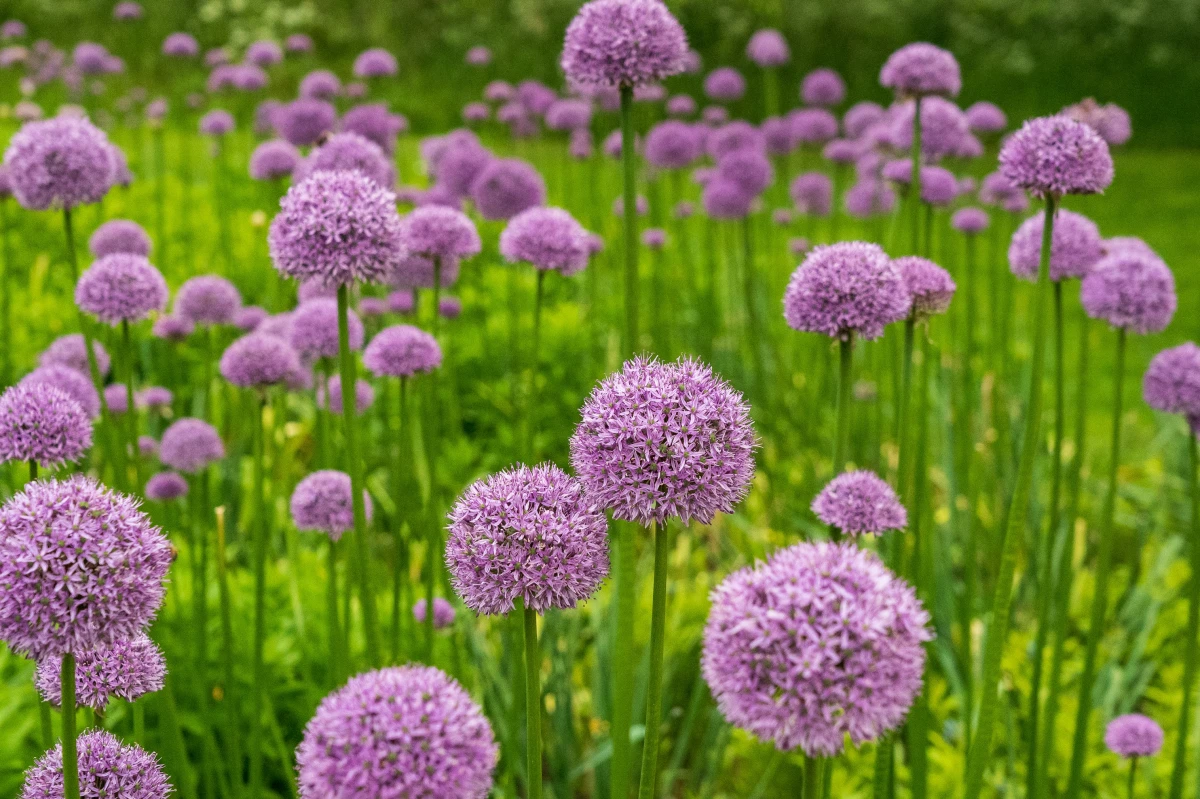
I’ll never forget one client’s garden where we installed a 200-foot-long, three-foot-wide daffodil border. The next spring, it was like a magic wall. We saw molehills all over the neighbor’s lawn, right up to the property line, but not a single one crossed over. That’s when I knew for sure how powerful this could be.
The good news: This is a very budget-friendly strategy for a large area. While a fancy variety can be pricey, you can get a big bag of standard daffodil bulbs for less than a dollar a bulb at most garden centers or online, especially when buying in bulk.
Quick Tip: If you’re planting more than 50 bulbs (and you should be!), do yourself a favor and get a bulb auger attachment for your power drill. It costs about $15-$20 and will save your back and cut your planting time in half. Seriously, it’s a game-changer.
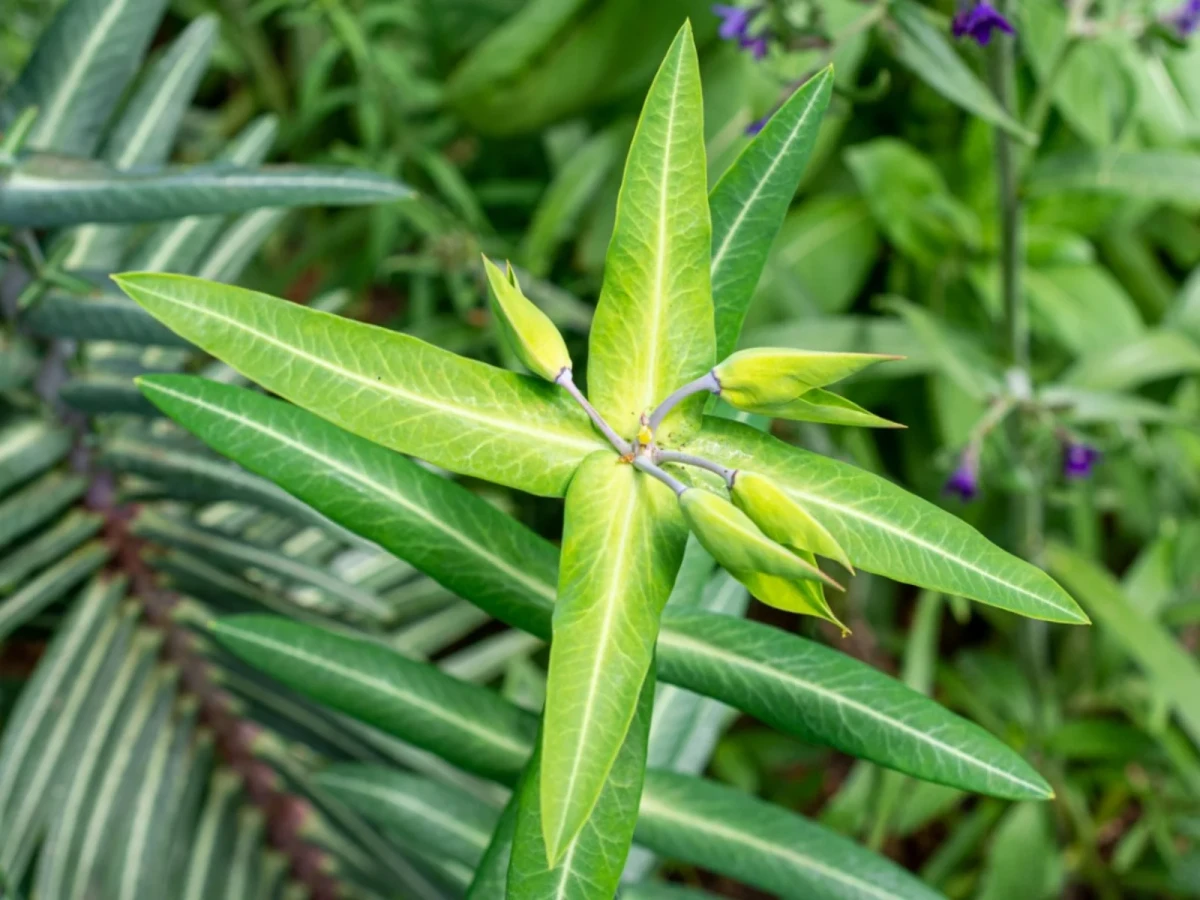
2. Alliums (Flowering Onions)
How it works: Alliums, the family that includes onions and garlic, are full of sulfur compounds. That’s what gives them their pungent smell. Planted in the garden, these compounds create an aromatic barrier that messes with a mole’s ability to hunt. It’s the same idea as Crown Imperial, but much safer.
Planting like a pro: I use these in drifts within garden beds. Planting big, showy alliums like ‘Globemaster’ helps protect the plants around them. You can also interplant garlic and chives throughout your vegetable garden. It’s not a perfect wall like daffodils, but it creates zones of confusion that moles don’t appreciate.
Putting It All Together: Your Mole-Deterrent Game Plan
Success isn’t about one plant; it’s about a smart strategy. Here’s how you can approach it like a professional.
Your 5-Minute Task Today: Before you buy a single bulb, grab some small flags or even just some sticks. Walk your yard and stick a flag in every molehill or raised tunnel you see. When you’re done, you’ll have a clear map of their main highways. This is your battle plan.
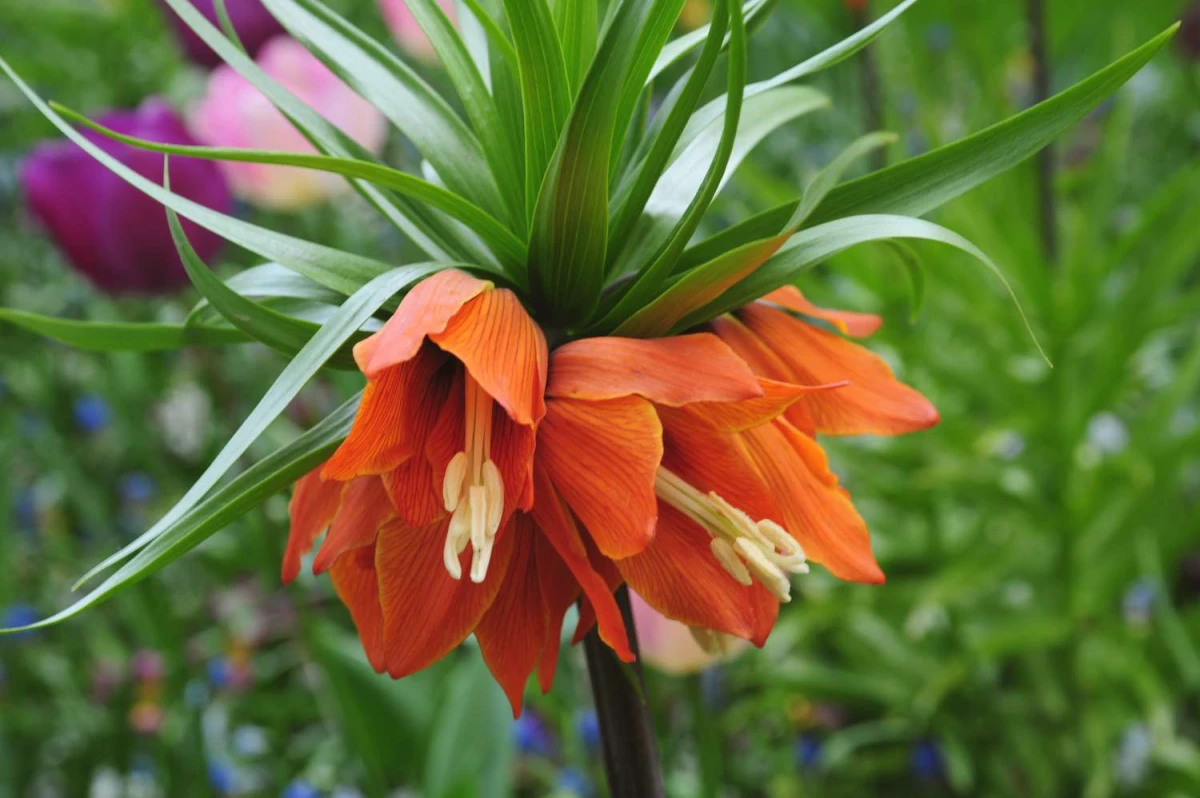
- Establish the Perimeter: This is your most important step. Create that wide, dense border of daffodils along your property line or around the garden beds you cherish most.
- Create Zones of Discomfort: Inside that daffodil wall, break up large areas of lawn and garden by planting clumps of ornamental alliums. In your veggie patch, mix in rows of garlic.
- Add Seasonal Support: In the spring and summer, plant dense borders of French Marigolds along walkways and bed edges. They have a distinct smell that adds another layer of aromatic defense. Their effect is mild, but every little bit helps.
A Quick Shopping List for a Daffodil Barrier
To give you an idea, for a simple 20-foot long by 2-foot wide border, you’ll want to grab:
- 80-100 daffodil bulbs (standard varieties are fine and budget-friendly)
- Bone meal or a good bulb fertilizer to give them a strong start
- A bulb auger drill attachment (optional, but highly recommended!)
- A bag of mulch to cover the area after planting
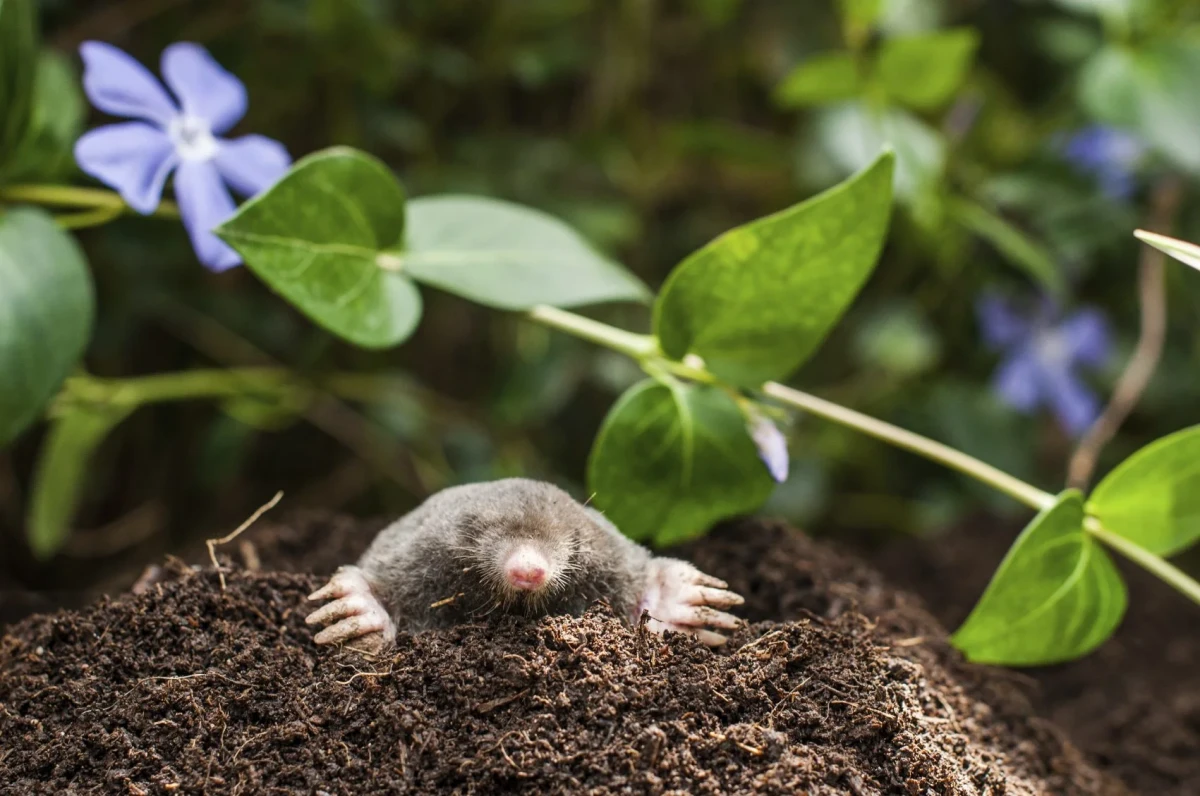
A Realistic Mindset: What Plants Can (and Can’t) Do
It’s really important to have realistic expectations. A plant-based strategy is a long-term, passive approach. It is NOT going to solve a huge mole infestation overnight. It’s about making your property less attractive to moles in the future.
If your yard looks like it’s been carpet-bombed with molehills, planting alone isn’t enough. You should seriously consider calling a licensed pest management professional. They can help with the immediate problem, and then your new defensive landscape can keep it from happening again. A pro can offer solutions like trapping, which is often the most direct way to handle a severe, established population.
Building a mole-deterrent garden is a process, but it’s a rewarding one. By understanding how moles think and using plants strategically, you can create a beautiful, resilient yard that moles will hopefully cross right off their list.










